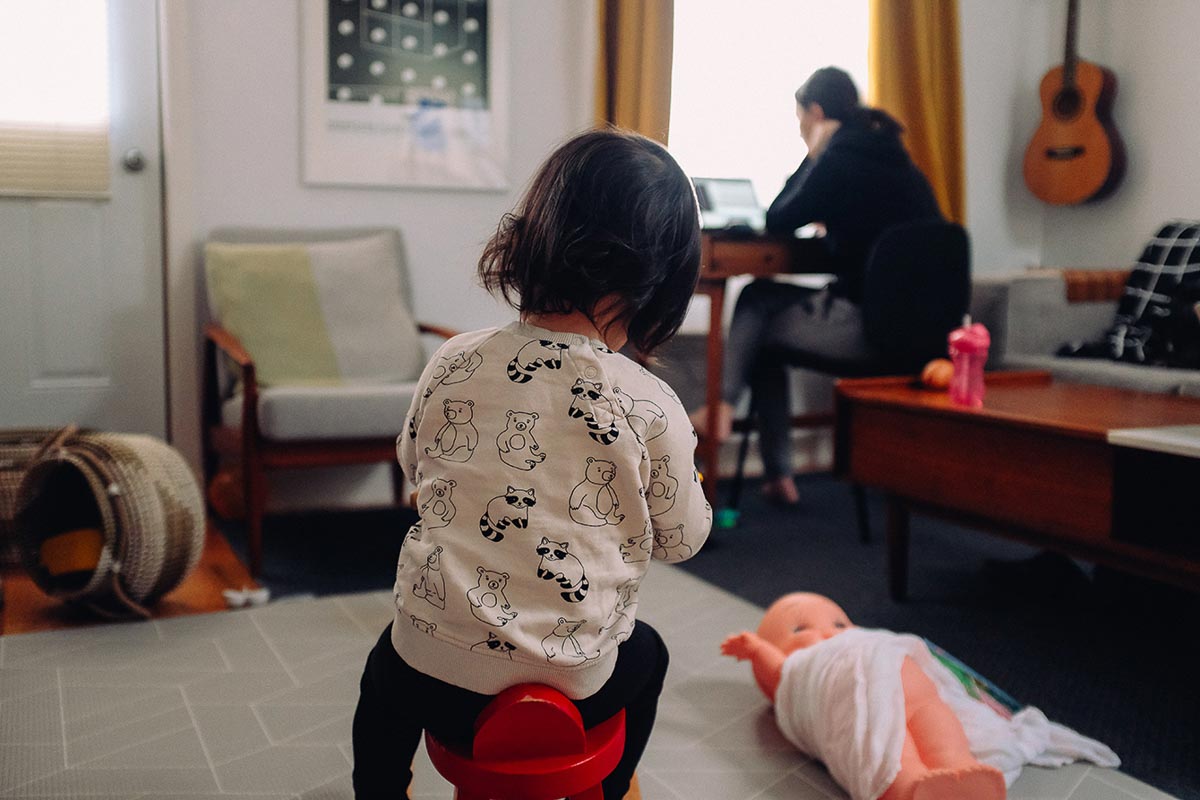Whether I’m looking at the question of why it has always been hard to be a working parent in the United States as a mother with two children under 7, or as a scholar of child and family policy, one reason stands out. The hours employers demand and public school schedules have always been incompatible.
While children attend K-12 public schools for an average of 1,195 hours per year, a full-time working parent averages twice as much time, about 2,450 hours per year, working and commuting.
The Equity Project
The Houston Independent School District has partnered with Rice University’s Houston Education Research Consortium, a program of the Kinder Institute for Urban Research, to conduct a comprehensive study on educational equity across the district.
Known as The Equity Project, the study will examine equitable access to educational programming, resources, facilities and opportunities for students by race/ethnicity, economic status, English-learner status and other factors.
HISD and HERC will identify mechanisms the district can use to ultimately eliminate gaps in educational achievement and attainment.
This fall, it looks like millions of U.S. children will spend no hours at school at all. And for nearly every parent, the usual complicated dance between their jobs and their kids’ daily schedules has become even more complex, as school systems adjust their plans in accordance with what’s possible during the COVID-19 pandemic.
As of mid-July, for example, New York City — the country’s biggest school district — was planning to have children in classrooms only two or three days a week once the new school year gets underway. Los Angeles — the second-largest — was planning to keep learning fully online. In Houston — the seventh-largest district — all classroom instruction will be online for the first six weeks of the 2020–21 school year, which begins Sept. 8. Parents have the option to opt out of face-to-face instruction for the entire fall semester and school year.
An issue of inequality
Finding affordable and reliable child care is especially hard for parents with infants and toddlers, those whose children have special needs, or those working nights, weekends or unpredictable schedules.
Public pre-K programs and the federally funded Head Start program together enroll only 47% of 4-year-olds and 17% of 3-year-olds and most of these programs are only “half-day,” meaning that they run for four hours at most.
Once children are ready for elementary school, only a handful of states require full-day kindergarten.
Wealthy and high-earning parents bridge this gulf for their children of all ages with elaborate – and expensive – webs of paid people and programs that can include in-school after-care, enrichment activities, babysitters and nannies.
Parents who can’t afford those things and have few choices rely instead on their relatives, neighbors and friends to fill the gaps schools don’t cover with more informal arrangements.
Now even worse
Since March 2020, most U.S. parents have faced the daunting task of working full-time while caring for – and at least attempting on school days to help teach – their children all week long.
This challenge is widespread. An estimated one-third of U.S. workers have child care obligations.
With schools and child care programs largely shuttered, most summer camps canceled or online, and families understandably reluctant to rely on elderly relatives, the hours of child care have gone, in many cases, to zero. But for the workers lucky enough to remain employed, work hours have held steady.
Moreover, social distancing guidelines discourage associating with others outside of the household – which can include nannies and babysitters.
Moving on
I anticipate that many parents, mostly mothers, will be forced to miss work, cut their hours or quit their jobs. Taking this step might make help make life less hectic and ensure care for their children in the short term. But it also takes a toll on their current and future economic security.
I don’t think juggling work and parenting has to be this hard, or that things should ever have been as hard as they were before this crisis. After the pandemic ends, the U.S. shouldn’t aspire for parents to return to the expensive, exhausting jujitsu of 2019.
I argue that the nation should, in the long term, ensure that everyone has access to affordable, high-quality options that span from infancy through the teen years through a combination of child care subsidies and more funding for care for children before and after the school day.
More spending on infant and toddler care and summer activities — a time of year during which families often struggle to find and pay for care — could help reduce income gaps in children’s readiness for kindergarten and summer learning loss.
The COVID-19 pandemic has exposed parents’ delicate, very difficult and unsustainable balancing act.
This complex crisis offers a time of reckoning. Americans have an opportunity to re-imagine how the government can support family life – to make raising children less expensive, less stressful, more socially just and simply better for everyone.
Taryn Morrissey is an associate professor of public policy at American University. This article originally appeared on The Conversation.

